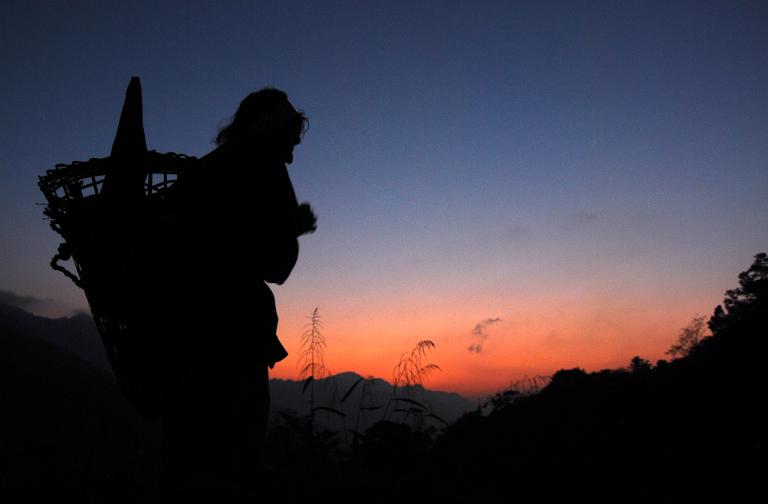
Indians in remote regions campaign for new time zone
(MENAFN- AFP) A leading politician in northeast India gave fresh momentum Thursday to calls to scrap the country's single time zone, which causes problems for easterners who face summer sunrise as early as 4:30am.
Despite India's vast size, it has one time of +5:30 from Greenwich Mean Time for its 1.2-billion population, spread from points further east than Bangladesh to the western Arabian Sea.
At this time of year the sun rises in the east shortly before 6am, more than 90 minutes earlier than in the west, while daybreak in the east comes as early as 4:30am around the summer solstice.
"We need a local time for Assam and the other northeastern states which will be ahead of the Indian Standard Time (IST) by at least an hour to 90 minutes," chief minister of the state of Assam, Tarun Gogoi, told AFP.
He plans to lobby in New Delhi for a change, renewing a campaign which last gathered momentum in 2010.
"We have an early daybreak in the northeast compared to other parts of India and if we have a separate time zone then it would undoubtedly be very productive for all of us and would also help in saving energy," he added.
India's single time zone has long been a contentious issue, with various proposals for splitting the country, advancing the clocks in winter by an hour for daylight saving, or advancing Indian Standard Time (IST) to +6 hours.
Two scientists from the National Institute of Advanced Studies in Bangalore studied the problem and published their conclusions in 2007, advocating an advancement of IST by 30 minutes.
This would save 2.3 billion units of energy per year or almost 18 per cent of evening peak energy use as citizens would put their lights on later at night.
"If the country were divided into two time zones, there would be chaos at the border between the two zones," they concluded in an article published in The Hindu newspaper.
They warned of administrative dangers, notably that "trains may meet with major accidents owing to human errors".
The mainland United States, excluding Pacific territories and Alaska, observes four different time zones, mainland Australia has three and Russia has nine.
Like India, China has a single time zone all year round -- eight hours ahead of GMT.

Legal Disclaimer:
MENAFN provides the
information “as is” without warranty of any kind. We do not accept
any responsibility or liability for the accuracy, content, images,
videos, licenses, completeness, legality, or reliability of the information
contained in this article. If you have any complaints or copyright
issues related to this article, kindly contact the provider above.


















Comments
No comment